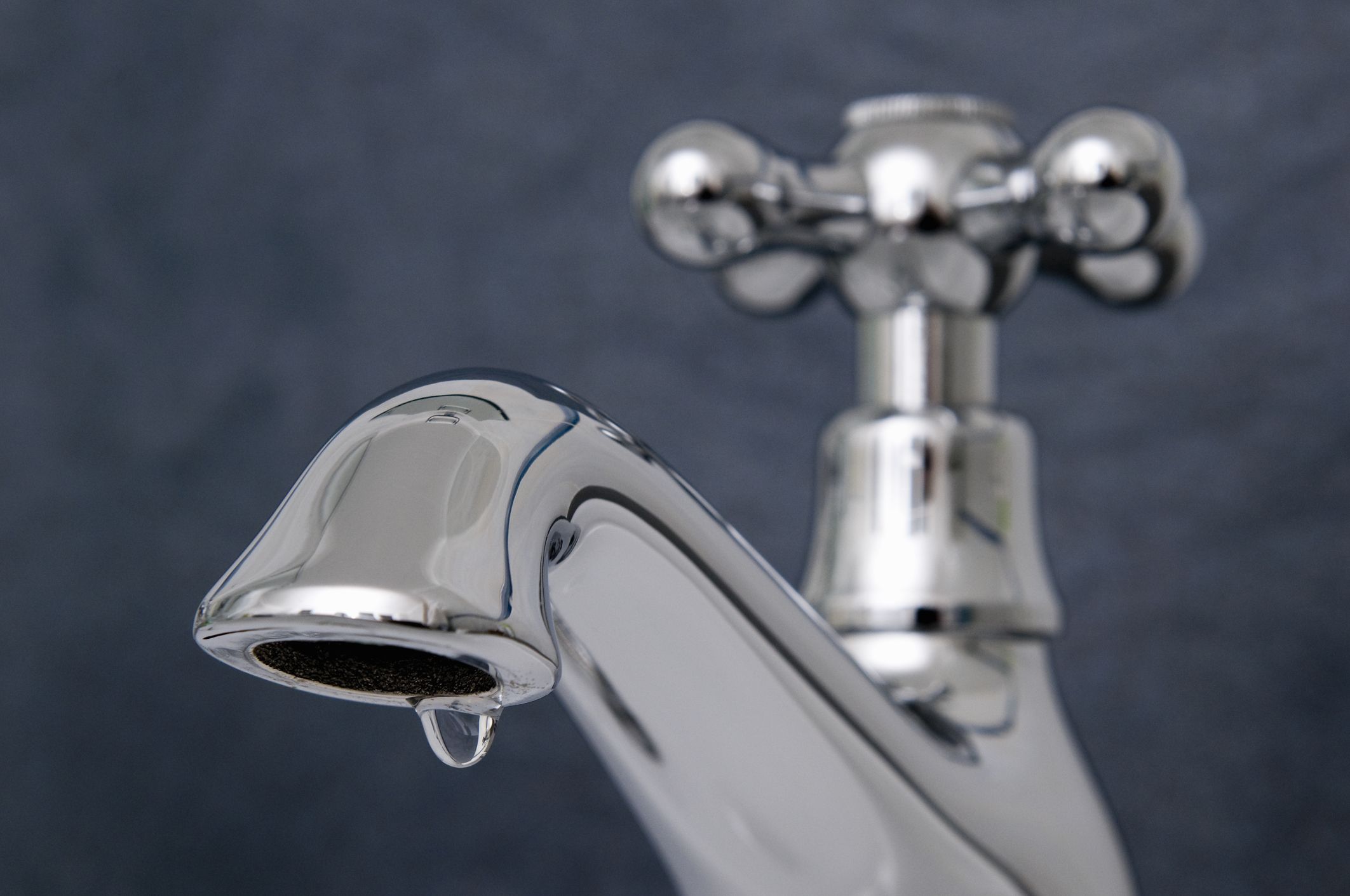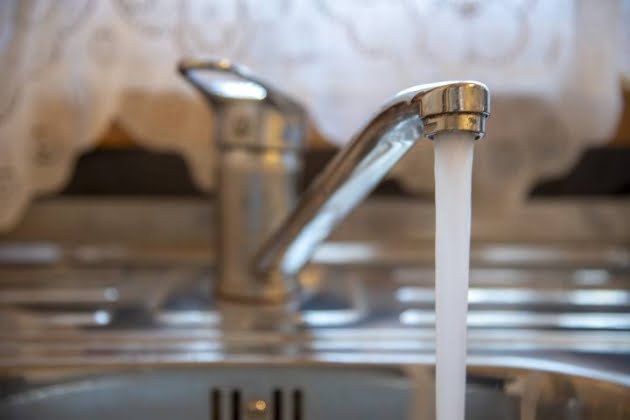When a Leaky Faucet Is Relevant
When a Leaky Faucet Is Relevant
Blog Article
Almost everyone may have their private thinking with regards to Potential Health Risks Associated With Leaky Faucets.

Introduction
A leaking tap might look like a small inconvenience, yet its consequences prolong much past the periodic drip. Recognizing the impacts of a leaking tap is vital for both home owners and the setting. In this short article, we'll discover the different effects of this usual house concern and why resolving it promptly is vital.
Root Causes Of Leaky Faucets
Dripping taps can arise from a selection of variables, including wear and tear, high water pressure, and corrosion. In time, the continuous use taps can cause worn-out seals and gaskets, causing leakages to develop. In addition, extreme water stress can place pressure on plumbing components, causing leaks. Rust and rust can additionally damage tap elements, making them prone to leakage.
Water Wastefulness
Among the most significant repercussions of a leaking faucet is water wastefulness. Even a small drip can amount to gallons of drainage in time. This not only increases water expenses but likewise adds to water deficiency and ecological degradation. Resolving dripping taps quickly is vital for saving this valuable resource and minimizing its influence on the world.
Financial Impact
Along with drainage, leaky taps can likewise have a significant economic impact. Raised water expenses are a straight repercussion of water wastefulness, costing homeowners numerous dollars every year. Furthermore, the price of repairing water damages caused by leakages can be significant, particularly if left neglected for an extensive period.
Ecological Impact
The ecological influence of leaking taps extends beyond water wastefulness. By conserving water, house owners can contribute to wider initiatives to reduce water deficiency and protect all-natural environments. Lasting alternatives such as rainwater harvesting and water-efficient components can better reduce the environmental impact of house water usage.
Technological Solutions
Innovations in technology have caused the growth of smart taps and water-saving devices that help reduce water wastefulness. Smart taps make use of sensors to spot movement and readjust water circulation as necessary, reducing waste without compromising benefit. Water-saving gadgets such as aerators and low-flow showerheads are likewise reliable in preserving water without jeopardizing performance.
Worldwide Point of views
While leaking taps might appear like a local problem, they add to wider worldwide difficulties such as water shortage and climate modification. In regions already encountering water stress and anxiety, every decline counts, making leakage avoidance and repair service necessary. By embracing water-saving methods and purchasing sustainable technologies, homeowners can play their component in resolving these pushing worldwide problems.
Regulatory Measures
Federal government policies play an important function in mitigating the influence of dripping faucets and promoting water preservation. From developing codes that require water-efficient components to water-saving motivations and refunds, policymakers have a range of devices at their disposal. By carrying out and imposing these guidelines, governments can ensure that home owners prioritize water conservation in their every day lives.
Neighborhood Impact
Attending to leaking taps needs cumulative initiatives at the community degree. By raising recognition regarding the importance of water conservation and supplying resources for leakage detection and fixing, regional authorities can equip homeowners to do something about it. Initiatives such as water-saving discount programs and leak discovery campaigns can incentivize habits adjustment and advertise accountable water use.
Case Researches
Real-life instances of the impact of dripping faucets highlight the relevance of positive upkeep and prompt repair work. From water damages to skyrocketing water expenses, the effects of ignoring leaks can be serious. By sharing these study, homeowners can better recognize the significance of dealing with leaking taps promptly.
Educational Campaigns
Educational campaigns play a vital duty in raising understanding regarding the results of dripping faucets and promoting water preservation practices. With workshops, seminars, and on the internet sources, home owners can learn how to discover and fix leakages themselves. By equipping people with expertise and devices, instructional projects can cultivate a society of responsible water usage within communities.
Health Concerns
Leaking faucets can create conducive environments for mold and mildew growth, posing health risks to occupants. The presence of mold and mildew can aggravate respiratory system issues and allergies, particularly in susceptible people. Furthermore, water damages arising from leaks can endanger the architectural honesty of buildings and bring about expensive repair services.
DIY vs. Specialist Fixing
When confronted with a leaking faucet, property owners frequently discuss whether to attempt fixings themselves or employ an expert plumber. While DIY repair work can save cash, they may not constantly attend to the underlying concern properly. Expert plumbing technicians have the knowledge and equipment to detect and repair leakages properly, guaranteeing lasting options and peace of mind for home owners.
Preventive Measures
Preventing leaking faucets needs regular upkeep and positive measures. Basic tasks such as replacing damaged washers and seals can protect against leaks from creating. Additionally, updating to top quality fixtures and lowering water pressure can aid prolong the life expectancy of taps and reduce the danger of leakages.
Conclusion
To conclude, the effects of a leaking tap extend far past the periodic drip. From water wastage and boosted water costs to health and wellness concerns and environmental effect, the effects of neglecting leakages can be significant. By resolving leaky faucets immediately and adopting water-saving practices, home owners can alleviate these effects and add to a more sustainable future.
Why You Shouldn’t Ignore a Leaky Faucet in Your Home
What Causes a Leaky Faucet?
Various factors can cause a leak, from loose and worn-out parts to corrosion. Your faucet has four essential components from which most plumbing issues will stem: the O-ring, the valve seat, the washer and the gasket.
What Is an O-Ring?
The O-ring is a stem screw that fastens parts of the faucet in place, preventing water from leaking out of the spout. Depending on your faucet type, the stem might have multiple O-rings. Water will drip from the faucet’s handles and base if this part breaks or deteriorates.
What Is a Valve Seat?
The valve seat controls the flow and temperature of the water. Found at the base of the handle, it works as a seal for the faucet’s stem. The valve seat ensures the water is allowed to flow or is blocked as the handles dictate. You’ll know it’s malfunctioning when water leaks from your faucet’s sides.
What Is a Gasket?
The gasket is found between the water inlet and the valve stem. It creates a seal between the faucet and the sink, holding its joints by aerators attached to the stem’s head. Water will trickle out from the base if the gasket isn’t working.
What Is a Washer?
The washer secures the handles and prevents leakage, serving a similar purpose to the O-ring. While the O-ring is ordinarily round and made from an elastic material, such as rubber, the washer is square-shaped and composed of brass, copper and other hard metals. If it malfunctions, corrodes or has been improperly installed, water will leak out of the handles, causing that incessant faucet drip.
Why Is a Leaky Faucet Dangerous?
A leaky faucet left alone for too long can have significant consequences.
Pest Infestations
Since bugs and rodents gravitate towards the scent of water, a leaky faucet will draw pests to your sink. Both are looking for leaks accessible through crawl spaces, which a faucet provides. If you leave water dripping for too long, you run the risk of an infestation.
Rust
If one of the faucet parts has started to corrode, the resulting rust can spread to your pipes and valves with startling speed. The rust might even lead to cracks or other impairments, resulting in more severe plumbing issues.
Your sink could also sustain damage from a leaky faucet. The water in your tap possesses sparse elements of calcium and iron that can stain your sink with repeated and prolonged exposure. Once those elements in the water have been open to the air for some time, your sink will start to rust, creating marks that can be difficult to remove.
https://www.tomsmechanical.com/blog/why-you-shouldnt-ignore-a-leaky-faucet-in-your-home

We had been made aware of that article on How to Fix a Leaky Faucet through an acquaintance on a different site. Sharing is nice. You just don't know, you may just be doing someone a favor. Thanks a lot for your time invested reading it.
Report this page